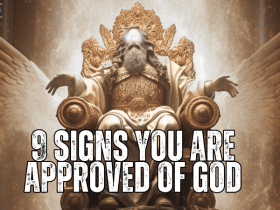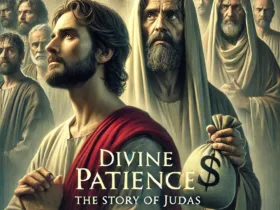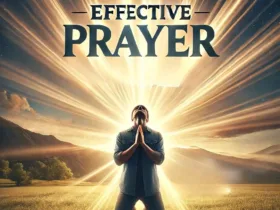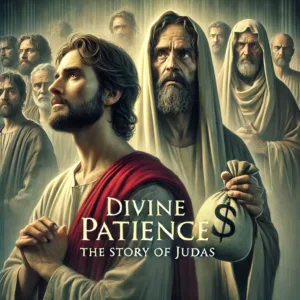
Welcome to our Bible Study Page Section
The concept of the “Holy of Holies” is a significant one in both the Hebrew Bible (Old Testament) and in Christian theology. It refers to the inner sanctuary within the Tabernacle and later the Temple in Jerusalem where the Ark of the Covenant was kept. This was considered the dwelling place of God’s presence, and only the High Priest was allowed to enter, and that too only once a year on the Day of Atonement (Yom Kippur).
Theological Significance
The Holy of Holies symbolizes the ultimate meeting point between sinful humanity and a holy God. The High Priest, who entered this sacred space, did so as a representative of the people, carrying the blood of a sacrificial animal to atone for the sins of the nation (Leviticus 16:2-34).
New Testament Fulfillment
In the New Testament, the tearing of the veil of the Temple at the moment of Jesus’ death (Matthew 27:51) symbolizes that the barrier between God and humanity has been removed. Jesus is seen as the ultimate High Priest who enters the heavenly Holy of Holies to offer His own blood for the atonement of sin (Hebrews 9:11-14).
Cross-References
Exodus 26:33-34 – Description of the Holy of Holies in the Tabernacle
1 Kings 6:19-28 – Description in Solomon’s Temple
Hebrews 9:1-28 – Christ as the ultimate High Priest
Bible Study Recommendations
The Tabernacle and the Temple: Study the architectural details and the significance of each part.
The Day of Atonement: Dive into Leviticus 16 to understand the rituals and their meanings.
The Role of the High Priest: Study the qualifications and duties of the High Priest in the Old Testament.
The Tearing of the Veil: Explore the significance of this event in the New Testament.
Christ as the High Priest: A study on the book of Hebrews, focusing on chapters 4-10, which elaborate on Jesus’ role as our High Priest.
Thought-Provoking Questions
How does understanding the Holy of Holies deepen your understanding of God’s holiness?
What does the tearing of the veil mean for us today?
How does Jesus fulfill the Old Testament symbolism of the Holy of Holies?
By understanding the concept of the Holy of Holies, we gain a deeper appreciation for the holiness of God, the gravity of sin, and the incredible gift of grace offered through Jesus Christ.

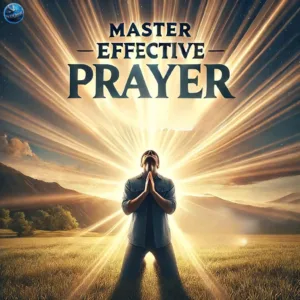
Pray Like a Pro: Master the 4 Models of Effective Prayer and See Immediate Results!

The Dangers of Sorrow: How to Break Free and Embrace a Joyful Life!

Are You Under a Generational Curse? Discover the Truth and How to Break Free!
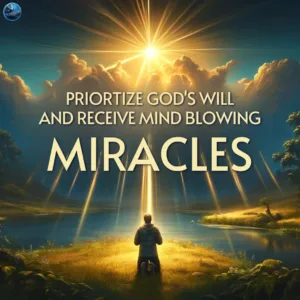
The Secret to Experiencing Miracles: Aligning Your Life with God’s Divine Plan
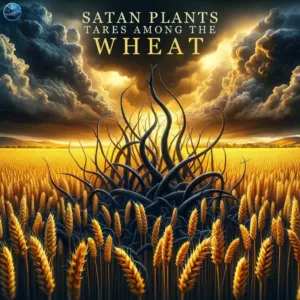
Satan’s Strategy: Why He Targets Those Growing in Faith
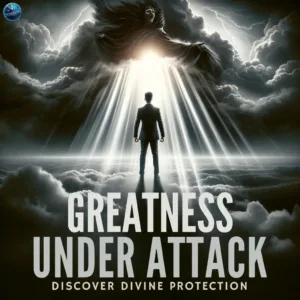
Why Greatness Always Draws Attacks and How Divine Protection Can Save You!
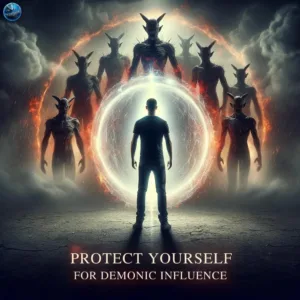
The Shocking Truth: Even the Purest Souls Can Be Demon-Influenced—Here’s How to Shield Yourself!
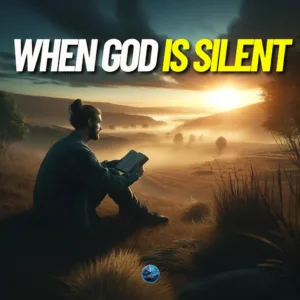
Feeling Distant from God? These Three Tips Will Change Your Spiritual Journey!
Indepth Bible Study On Jeremiah 23:29
Jeremiah 23:29
“Is not my word like fire,” declares the LORD, “and like a hammer that breaks a rock in pieces?”
Theme: The Power and Authority of God’s Word
This verse from Jeremiah 23:29 is a profound statement about the nature and potency of God’s Word. It serves as a reminder that God’s Word is not just a collection of letters and sounds but a force capable of transformation and destruction.
- Word as Fire: Fire is a purifying element, often used in the Bible to symbolize God’s holiness (Isaiah 6:6-7). Just as fire consumes impurities, God’s Word purifies the soul and burns away sin and falsehood.
Cross-Reference: Hebrews 4:12 – “For the word of God is alive and active. Sharper than any double-edged sword, it penetrates even to dividing soul and spirit, joints and marrow; it judges the thoughts and attitudes of the heart.”
Word as a Hammer: A hammer is an instrument of force, used to break things apart. In the same way, God’s Word has the power to shatter strongholds, ideologies, and barriers that stand against the knowledge of God.
Cross-Reference: 2 Corinthians 10:4-5 – “The weapons we fight with are not the weapons of the world. On the contrary, they have divine power to demolish strongholds.”
5 Bible Study Recommendations:
- The Purifying Power of God’s Word: Study how the Word of God purifies and sanctifies believers (John 17:17, Psalm 119:9).
- Weapons of Spiritual Warfare: Explore the role of God’s Word as a weapon in spiritual battles (Ephesians 6:17, Matthew 4:1-11).
- The Living Word: Investigate the concept that God’s Word is alive and active (Hebrews 4:12, Isaiah 55:11).
- The Word and Creation: Examine how God’s Word was instrumental in the creation of the universe (Genesis 1:1-3, John 1:1-3).
- The Word in Prophecy: Look into the prophetic nature of God’s Word and how it stands the test of time (Isaiah 46:10, 2 Peter 1:19-21).
5 Moral Recommendations:
- Integrity: Let your yes be yes and your no be no, just as God’s Word is steadfast (Matthew 5:37).
- Truthfulness: Always speak the truth, as God’s Word is the ultimate truth (John 17:17).
- Humility: Be humble in your understanding and let God’s Word guide you (Proverbs 3:5-6).
- Compassion: Show compassion to others, as God’s Word is full of compassion (Psalm 86:15).
- Justice: Stand up for justice, as God’s Word is just and righteous (Psalm 119:137-138).
This verse from Jeremiah encapsulates the transformative and authoritative nature of God’s Word, serving as a powerful reminder to all believers.




